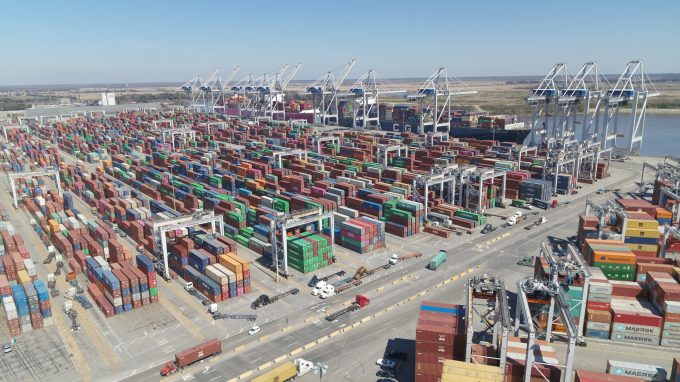Gemini and logistics growth now the focus as APMM posts healthy profits
Strong freight rates and resilient container shipping volumes for most of last year delivered healthy ...

Persistent and mounting congestion at US west coast ports has caused some shippers to seek the sanctuary of the east coast to speed cargo through the supply chain – but this avenue is also becoming increasingly problematic.
As congestion at Pacific gateways worsened, the shift to east coast ports gathered momentum, but now these are struggling with increasing congestion – halfway through last week there were 24 ships waiting for berths at the port of Savannah, and Maersk Line called the ...
Trump tariffs see hundreds of cancelled container bookings a day from Asia
'To ship or not to ship', the question for US importers amid tariff uncertainty
'Disastrous' DSV-Schenker merger would 'disrupt European haulage market'
'Chaos after chaos' coming from de minimis changes and more tariffs
Forto 'sharpens commercial priorities' as it lays off one-third of staff
List of blanked transpac sailings grows as trade war heats up and demand cools
EC approves DSV takeover of DB Schenker
Overcapacity looms for ocean trades – with more blanked sailings inevitable
Amazon Air’s metamorphosis: 'a different air cargo unit from two years ago'
Shippers in Asia restart ocean shipment bookings – but not from China
India withdraws access for Bangladesh transhipments, in 'very harmful' decision
'Tariff hell' leaves industries in limbo – 'not a great environment to plan'

Comment on this article